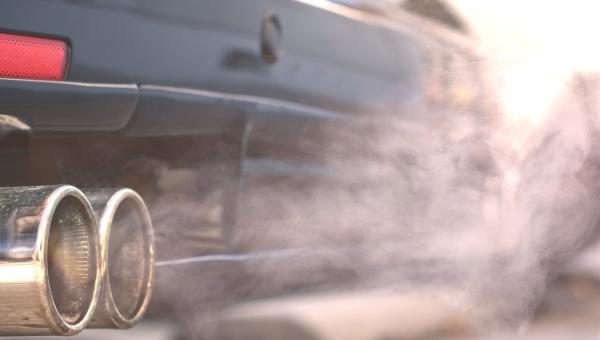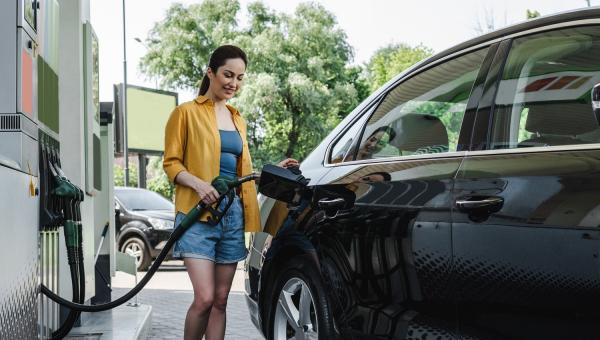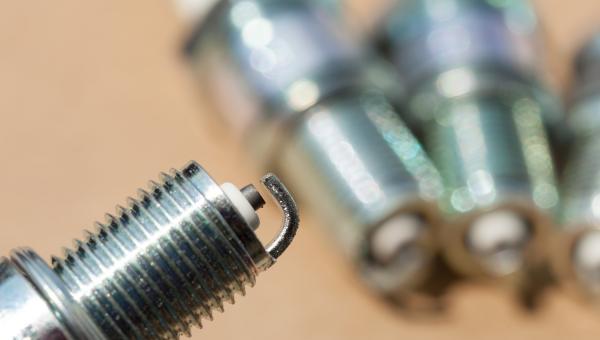Test Drive Notes Library
-
 Pros
Pros
- Visibility. If the number one priority in a new car is “I can see out of it,” your Subaru dealer should be your first stop. The Forester continues to be a throw back, in some ways, a good one. The large, vertical windows on all four sides of the Forester allow you to see out around you like it was 2005. It’s hard to remember driving a car in recent years that has as good visibility as the Forester. If that’s important to you, you owe yourself a test drive.
- Simple controls. Another positive aspect of the Forester being last in the update line; some of the controls are wonderfully simple and intuitive. Whereas on more recently updated Subarus like the Outback, you have to go into the touchscreen, sometimes two menus deep, to turn on or adjust the seat heaters, the Forester has — get this — two rocker switches between the seats that click forward for high, and backward for low. And they’re always available.
- Comfortable. For an inexpensive (these days - $34,000), smallish vehicle, Subaru dials in as much comfort as they can. As a result, the Forester provides a pleasant ride. It’s actually worsened by the Wilderness package add ons (more on that below), but the underlying ride is pliant, and if you're driving is around town and over potholes and speed bumps, rather than boulders and water buffalo, you’ll appreciate the Forester’s suspension tuning.
- All wheel drive. This has been Subaru’s calling card since the Nixon administration. They’ve been doing it a long time, and seem to have it down. If you need a versatile, inexpensive, practical vehicle, and live where it snows regularly, this is a vehicle to consider.
- Engine/transmission. Again, this is an engine that Subaru has been making for a long time, with modest upgrades. The four-cylinder boxer engine (cylinders are horizontally opposed, lowering the center of gravity) makes 182 horsepower, which feels totally adequate for a car of this size and weight. It’s not quick, but nor does it feel slow in day to day driving. The continuously variable transmission (CVT) is a good one, and works unobtrusively, except under hard acceleration when it gets its “whine” on. The Forester has steering wheel paddle “shifters,” which set the CVT temporarily to a number of preset ratios, mimicking a gear box. That actually helps if you want to use engine braking.
- Sensible shoes. You’re giving up styling for practicality. And as such, the Forester will check a lot of boxes for most people. This is a small-ish vehicle, but because of its squared off design, there’s a fair amount of space inside. Certainly, head room is excellent. Front, and even rear seat, occupants have decent room. Cargo room is also quite good due to the high roof and squarish shape. With the rear seats down, there’s 70 cubic feet back there. The Forester does everything pretty well. It’s comfortable, acceleration is fine, handling is solid. It has great visibility and decent fuel economy (without the Wilderness package). And Subarus, while not trouble free, have proven to be durable, pretty reliable, and not crazy expensive to repair. Nothing fancy, but it does a lot well.
-
 Cons
Cons
- The Wilderness package. As far as we’re concerned, the Wilderness package makes the Forester worse in pretty much every way. It’s designed to provide more off-road capability. If you truly need that (hint: you don’t), then, by all means, consider getting the Forester Wilderness. It features a more off-road oriented suspension, more ground clearance, nubbier tires, more all wheel drive modes, and some other add ons.
- Worse handling. One of the regular Forester's attributes is good handling. With the greater ride height and all-terrain tires, the Forester feels twitchy on the highway. Raising the center of gravity never seems to improve handling. The package also reduces fuel economy by about 3 mpg, again due to higher ride height and the tires, we presume. Another reason to avoid it. And if that’s not enough, it’s apparently been decorated by a high school student. It’s awash in cheap plastic cladding and tacky looking badging. Huge plastic fender cladding makes the wheels look silly and tiny. And that’s all to announce you use your Forester to go to the real outback, rather than the Outback Steakhouse — which you don’t. We give the regular Forester thumbs up, and the Wilderness thumbs down.
- Noise. The boxer engine is not a paragon of refinement. It's always had a somewhat coarse sound, especially when revved up. Combined with the lack of luxury-level sound insulation in the Forester, that means you hear it. And when you really accelerate, you really hear it.
- Infotainment interface. This is one area where Subaru’s lack of up-to-the-minute wizardry is a drawback. The Subaru screen interface feels like it’s several years behind its competitors. Granted, Subaru has a state of the art safety system (Eye Sight), which we’d much rather have them devoting their engineering time to. But without wireless CarPlay, you’ll have to plug in your phone to mirror it on the car’s screen, which you’ll want to do.
Test Drive Notes Library
Get the Car Talk Newsletter
 Pros
Pros Cons
Cons


